
“There’s no place like one’s own backyard,” says photographer Earlie Hudnall Jr. As a man who traveled much of the world throughout his life, Hudnall has always worked within the notion of exploring the community closest to him.
Born and raised in Hattiesburg, Miss., Earlie Hudnall Jr. left home to serve in the Marines in Vietnam from 1966 to 1968. Upon his return, he worked for a brief unsatisfying time at an appliance store before deciding to attend college at Texas Southern University.
As Hudnall recalls, his earliest ideas about the importance of photography came from childhood lessons sitting on the porch with his grandmother, Bobby Jean. She was a storyteller who kept an album of the community in photographs taken by Hudnall’s father, who was an amateur photographer. “I began to understand the importance of documenting ones own community,” says Hudnall.
In college he studied with artist and muralist John Biggers, who founded the university’s art department. Biggers became a mentor that would changed the course of Hudnall’s life. “Art is life,” the photographer recalls Biggers saying. “One must draw upon his community and family to show how we live from day to day.” That mode of working from inspiration found in one’s own daily life felt instinctual to Hudnall as he began learning the technical rigors of using medium format cameras and working in the black-and-white darkroom to develop and print everything by hand. Even today he’s very proud of the fact that every image he’s ever shown is handmade by him.
During his time at university, Hudnall began documenting Houston, specifically the Fourth Ward community that was settled by freed slaves. “I have an affection for people,” says Hudnall, “all of us desire and our wants and desires are the same.” His warm regard for the people around him comes from watching them closely as they go about their routines and rituals. His documents are a collection of everyday moments with people walking to work, the bar and church. “Sometimes it’s an iconic memory of things that you see and try to go back and capture. These are the things that motivate me,” he says.
After graduation, Hudnall worked for Ebony, Johnson Publications’ premier culture magazine. At one point they offered him a promising position based in Los Angeles. “I just couldn’t see myself chasing people, showing off their homes,” says Hudnall. “It was not my cup of tea.” Eventually he began working at the Texas Southern University where he’s been on staff for over 40 years now.
Hudnall’s images aim to preserve the most quotidian moments of how neighbors and families help support each other in small communities, saved for future generations the same way his grandmother taught him about life through their family albums. “People speak different languages,” says Hudnall, “but when we laugh and cry we are the same.”
The sense of life Hudnall captured has been noticed by curators internationally with acquisitions made by the Museum of Fine Arts, Houston, the Smithsonian Institute’s Museum of American Art and the Chicago Art Institute among others. (More recently his work was cited by cinematographer James Laxton in a story about the visual inspiration behind the Oscar winning film Moonlight.)
For Hudnall, the preservation of our memories is more important than ever. “People today misuse photography,” he says. “You don’t see family heirlooms and portraits as much. Photos tend to stay in phones and people lose them.”
Earlie Hudnall Jr. is represented by the Photographs Do Not Bend Gallery, Texas. His work is currently on display at AIPAD March 30 – April 2, 2017 in New York.


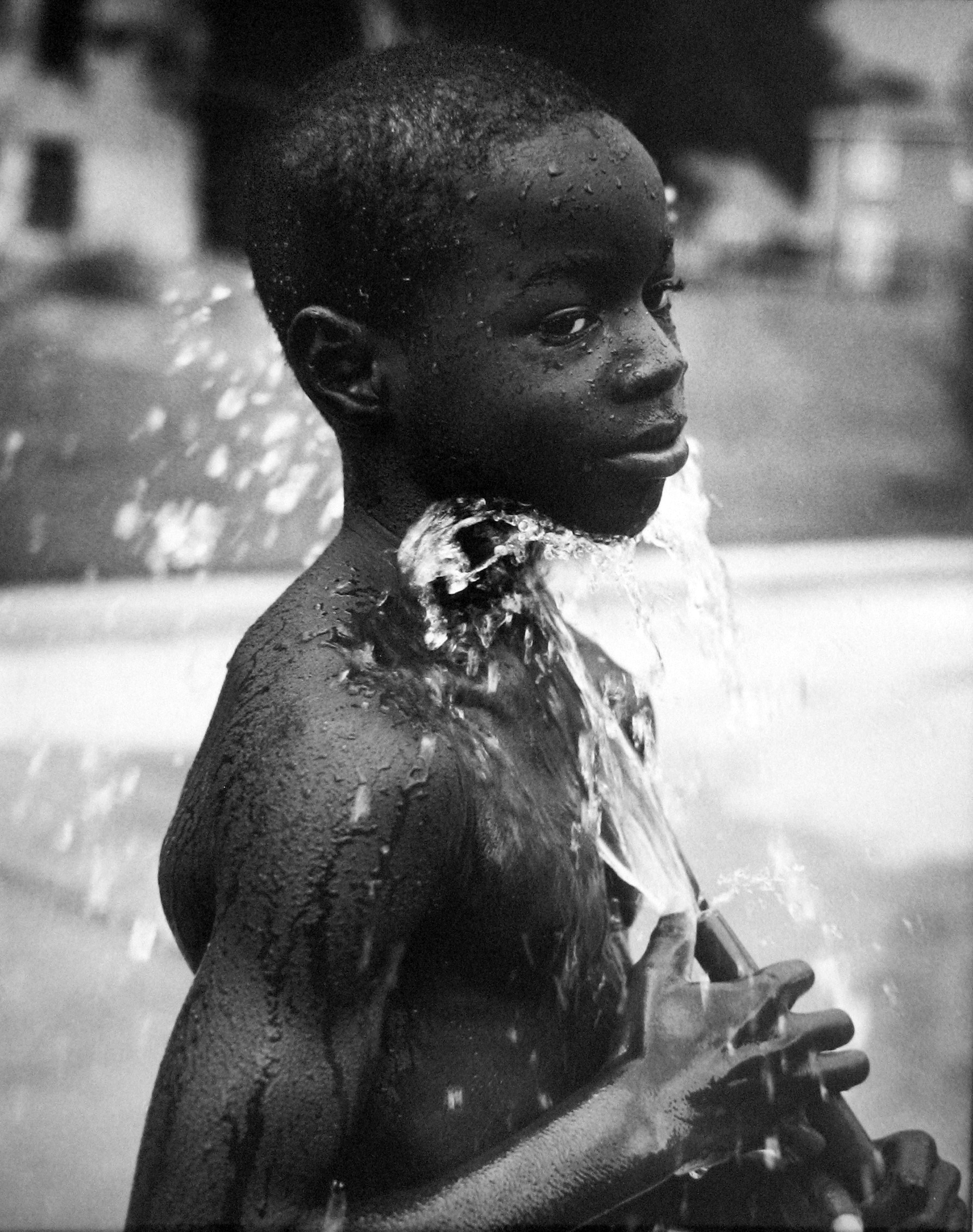
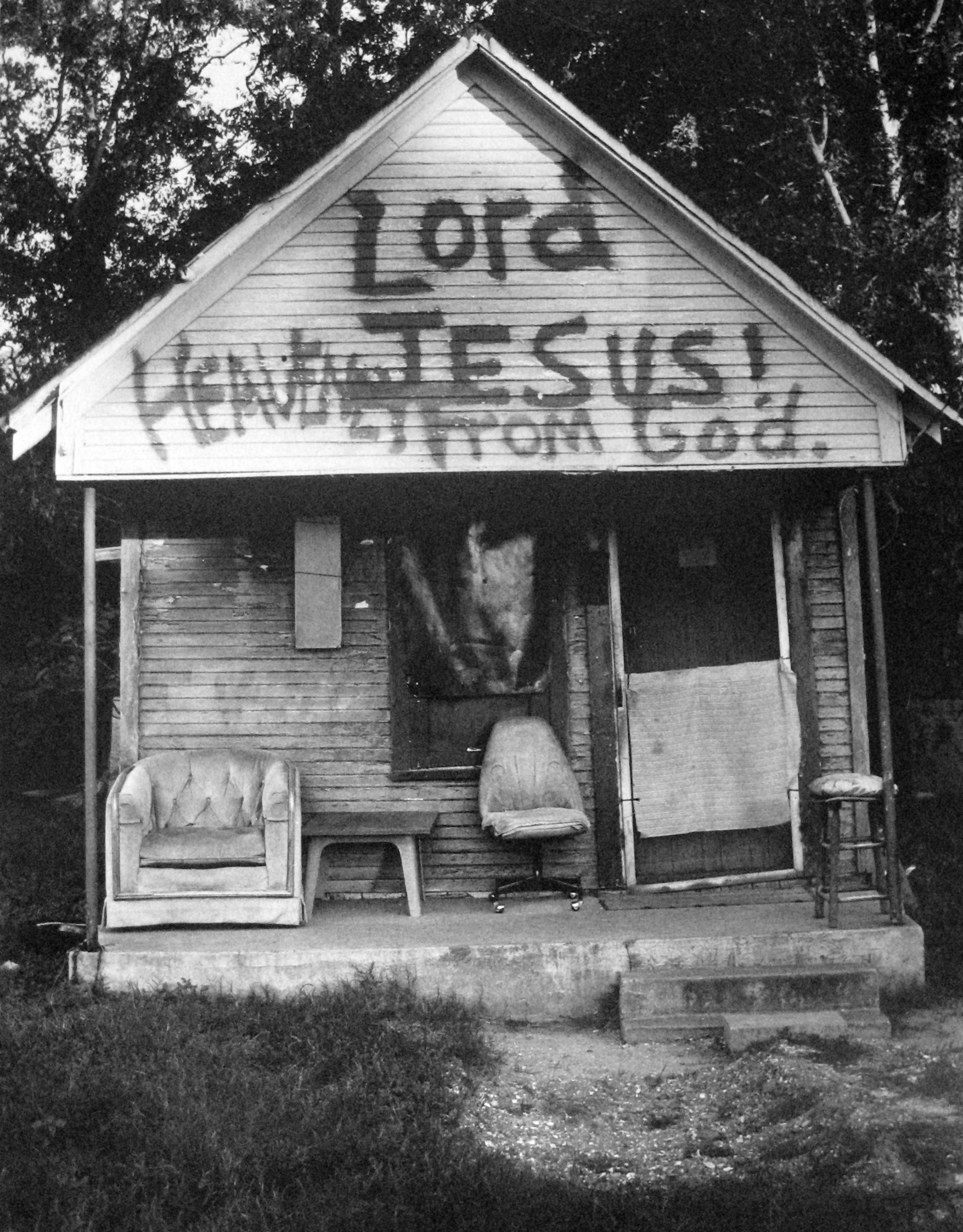
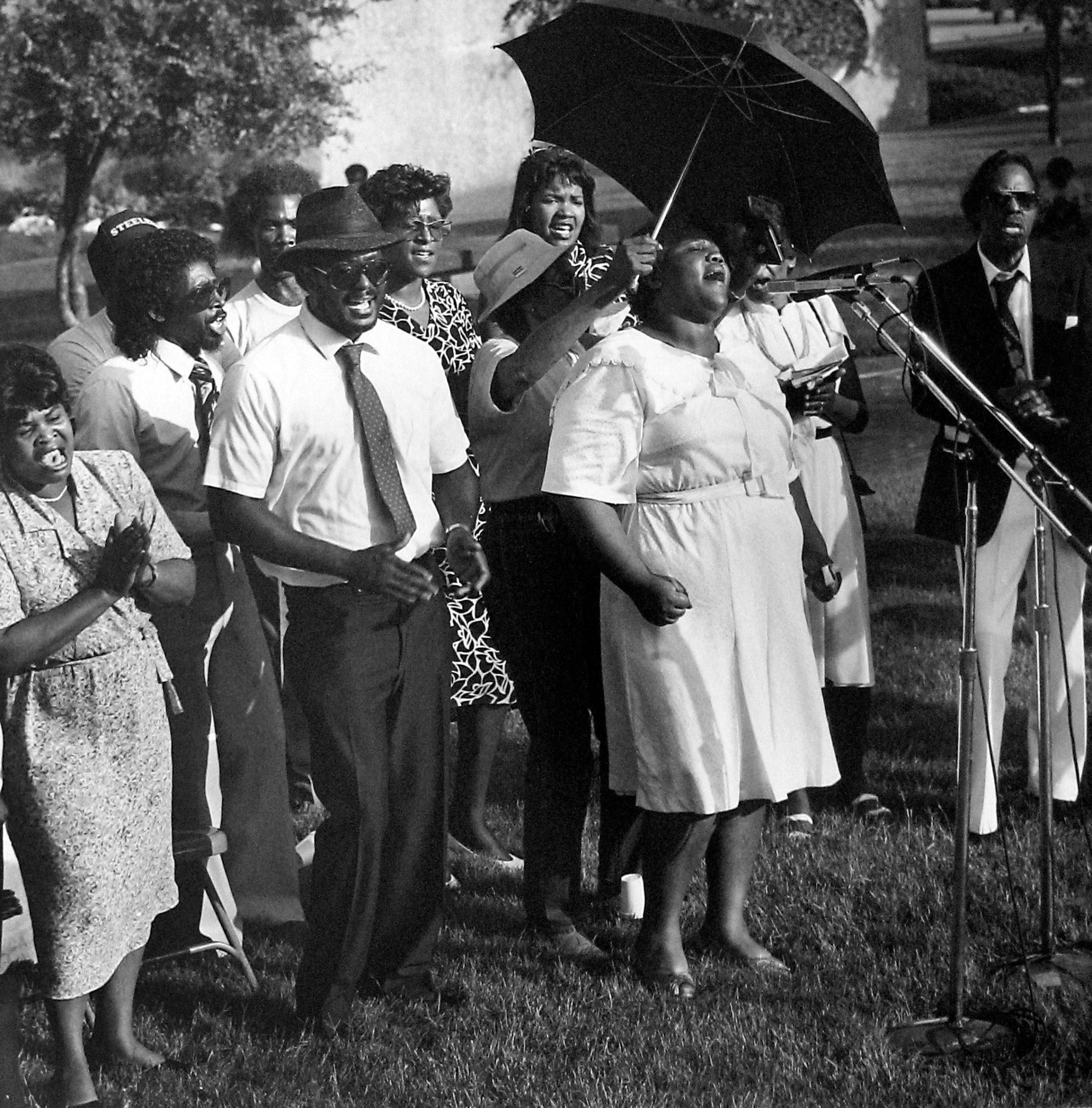
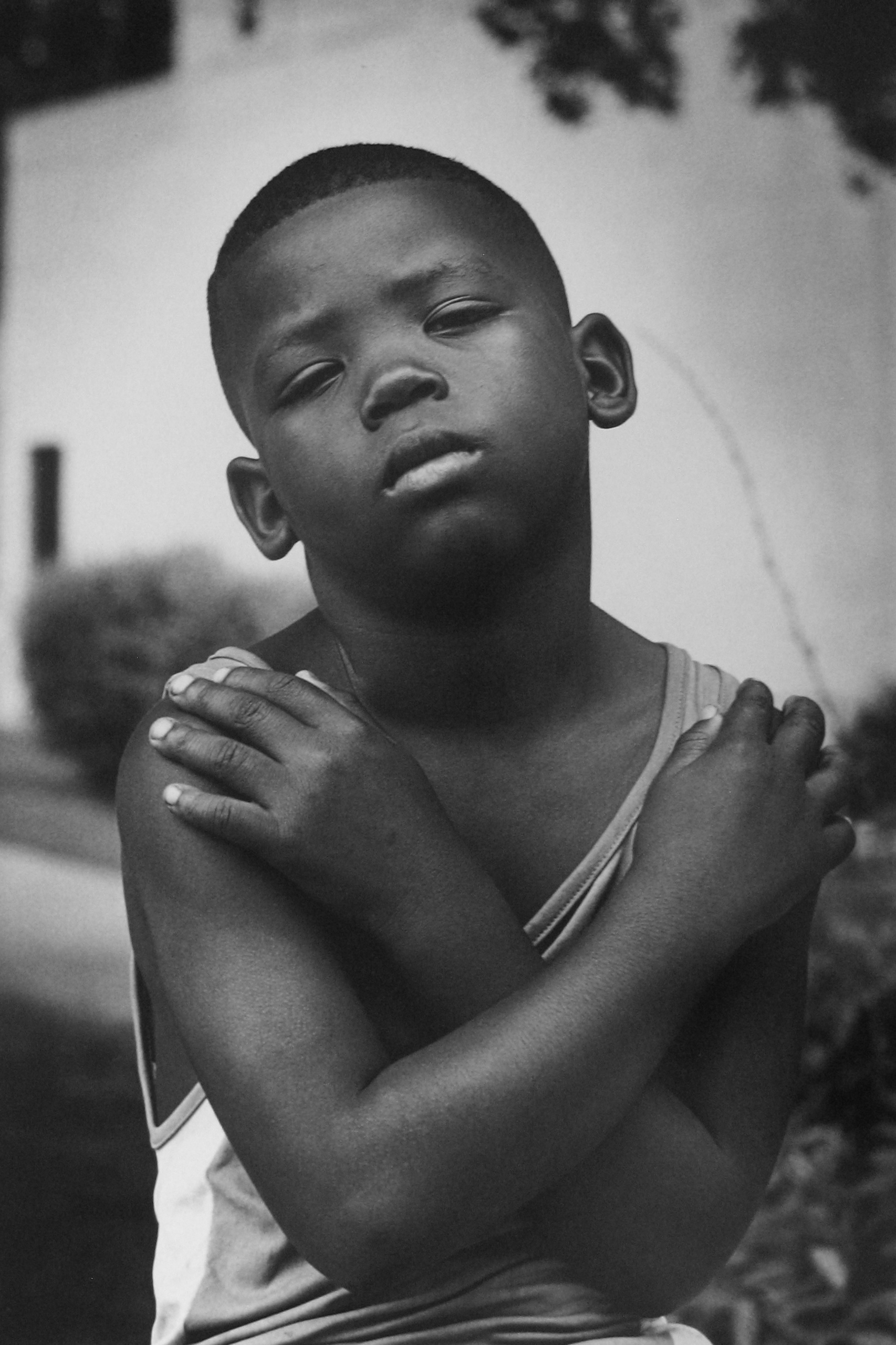
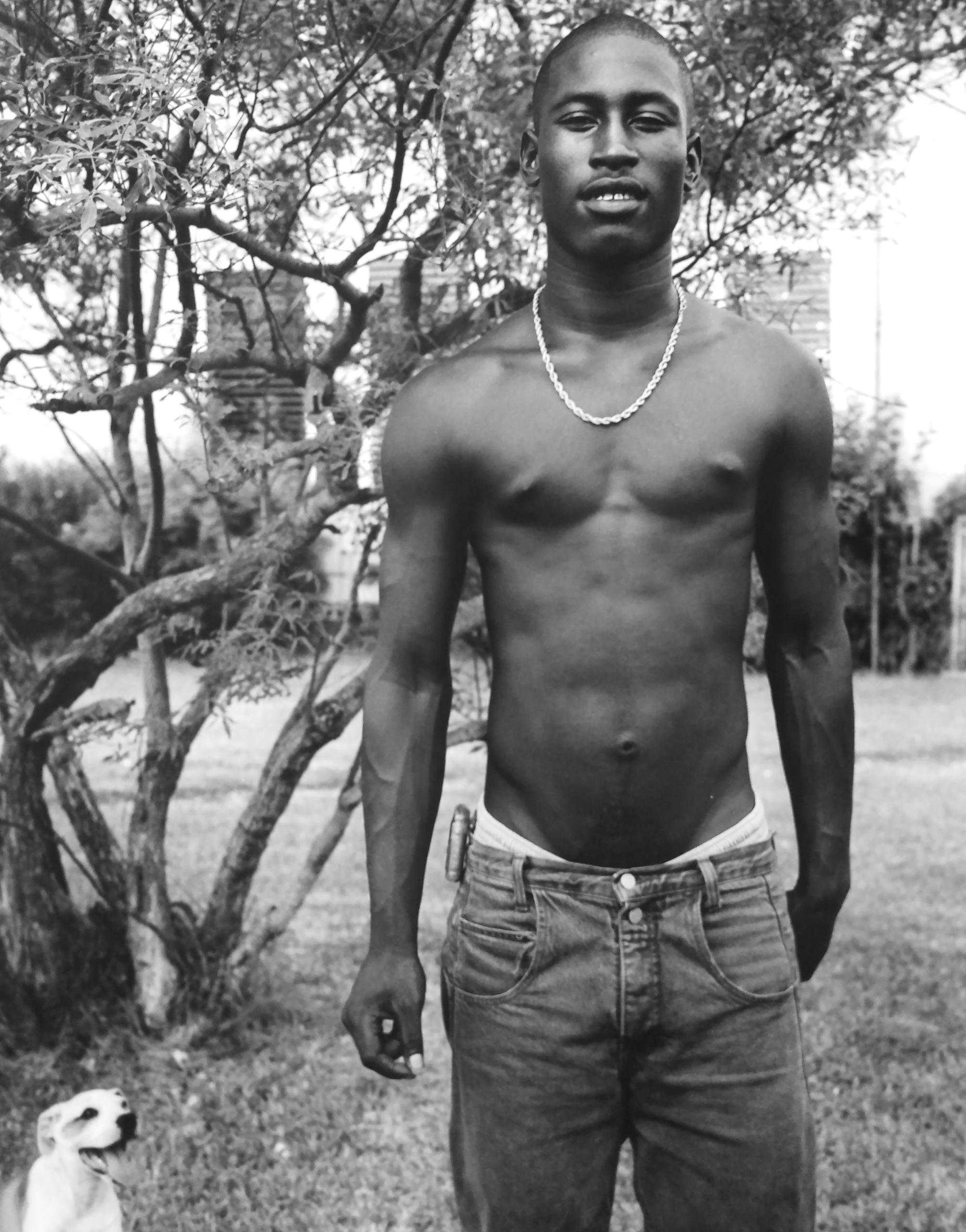
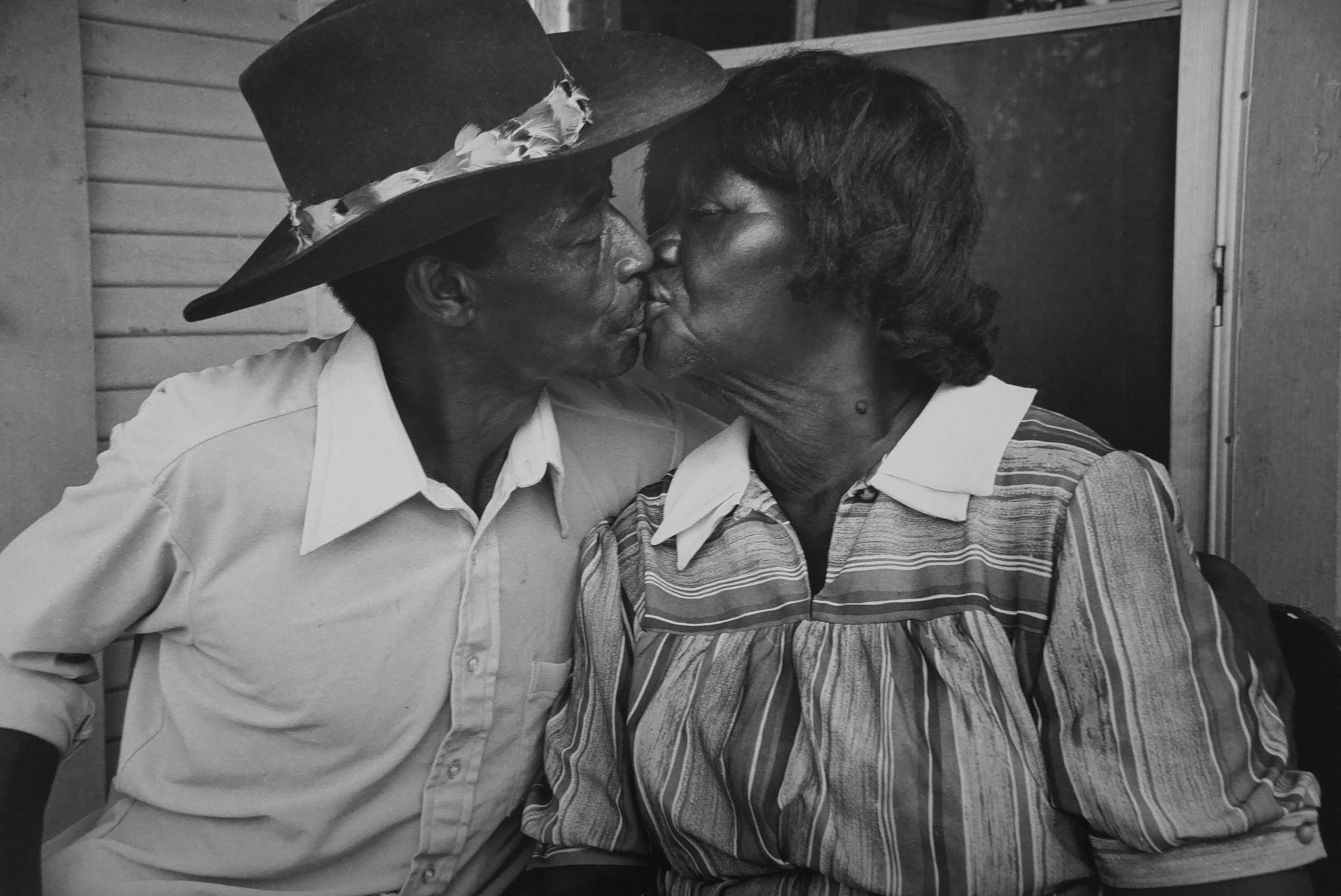

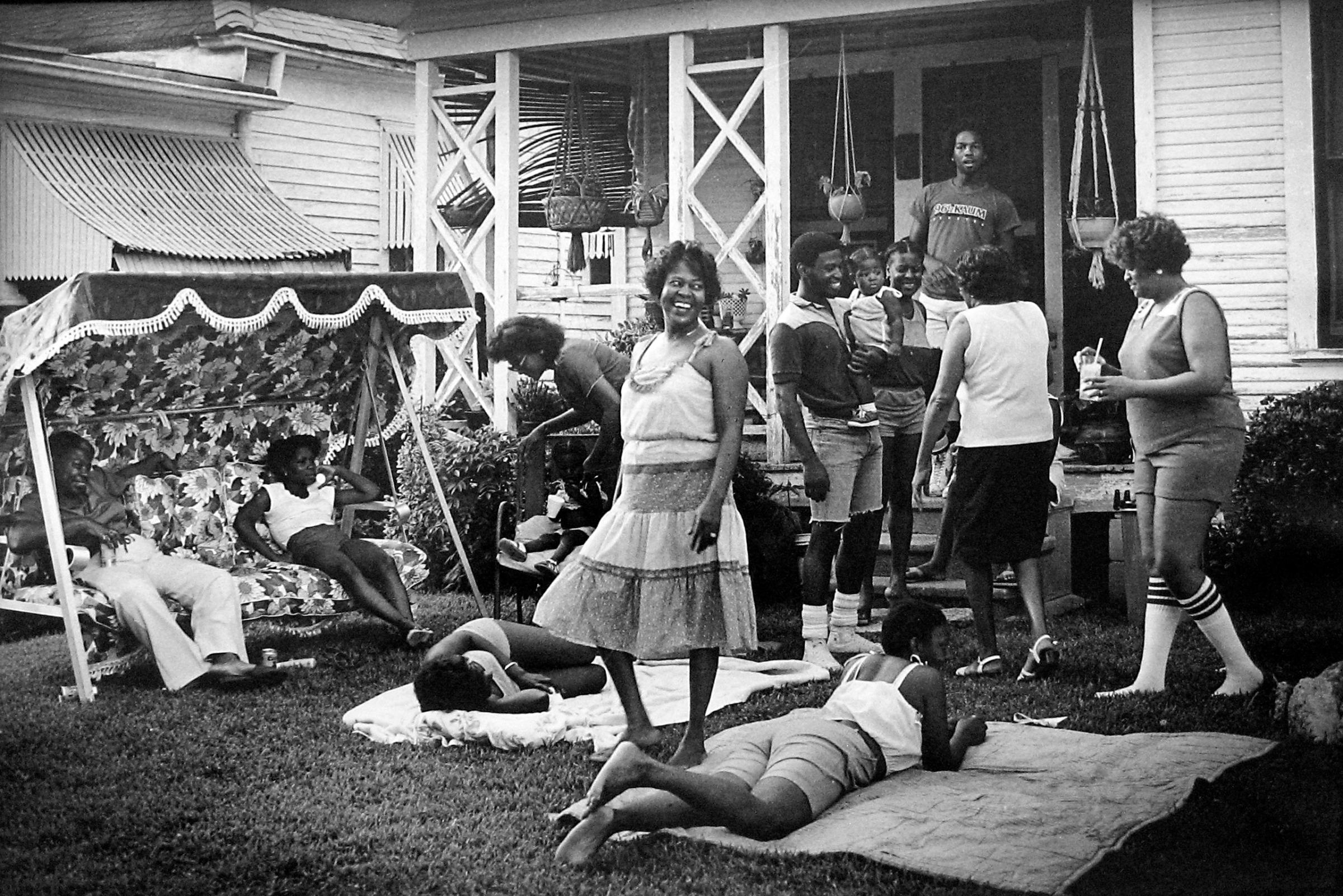

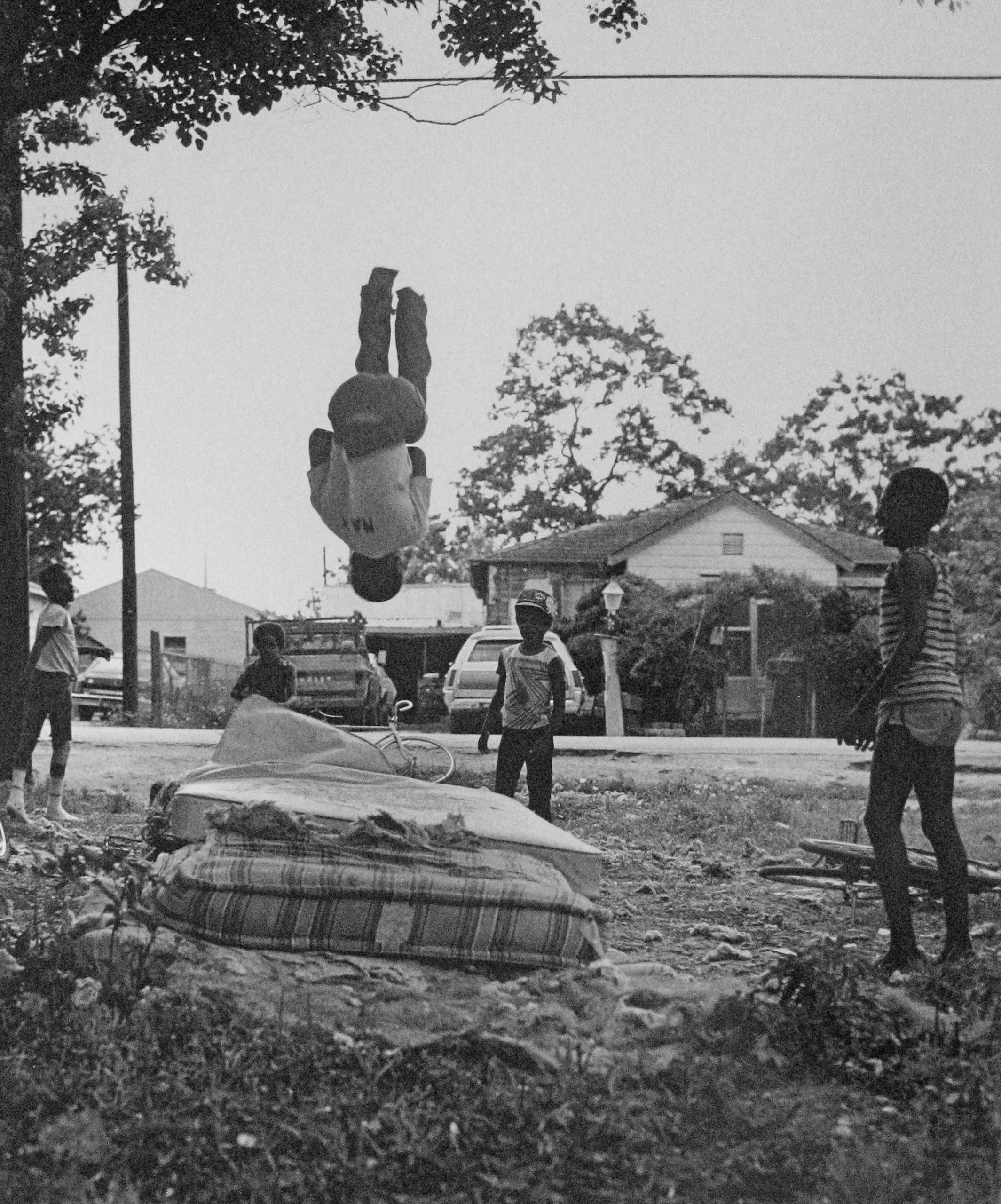
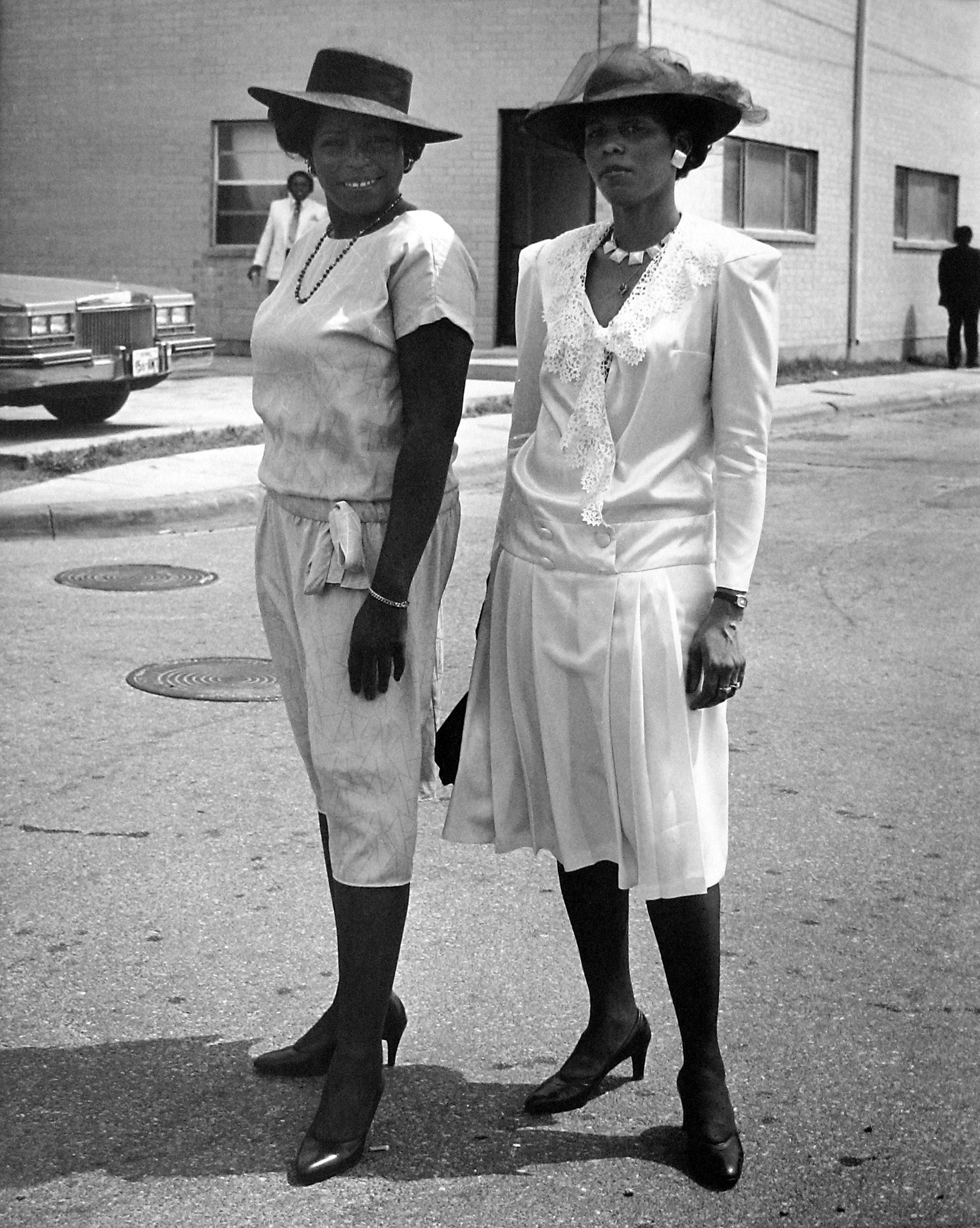
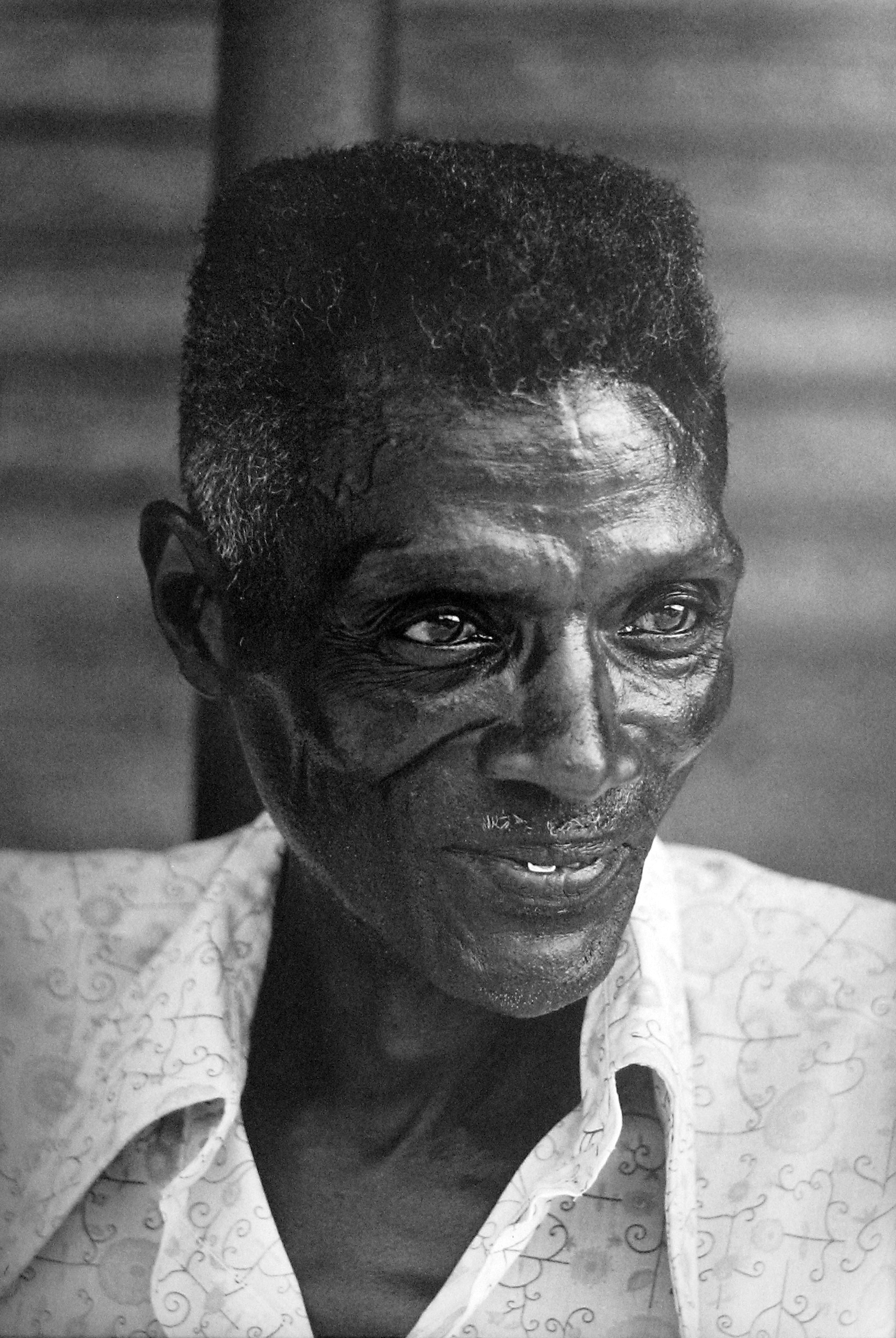
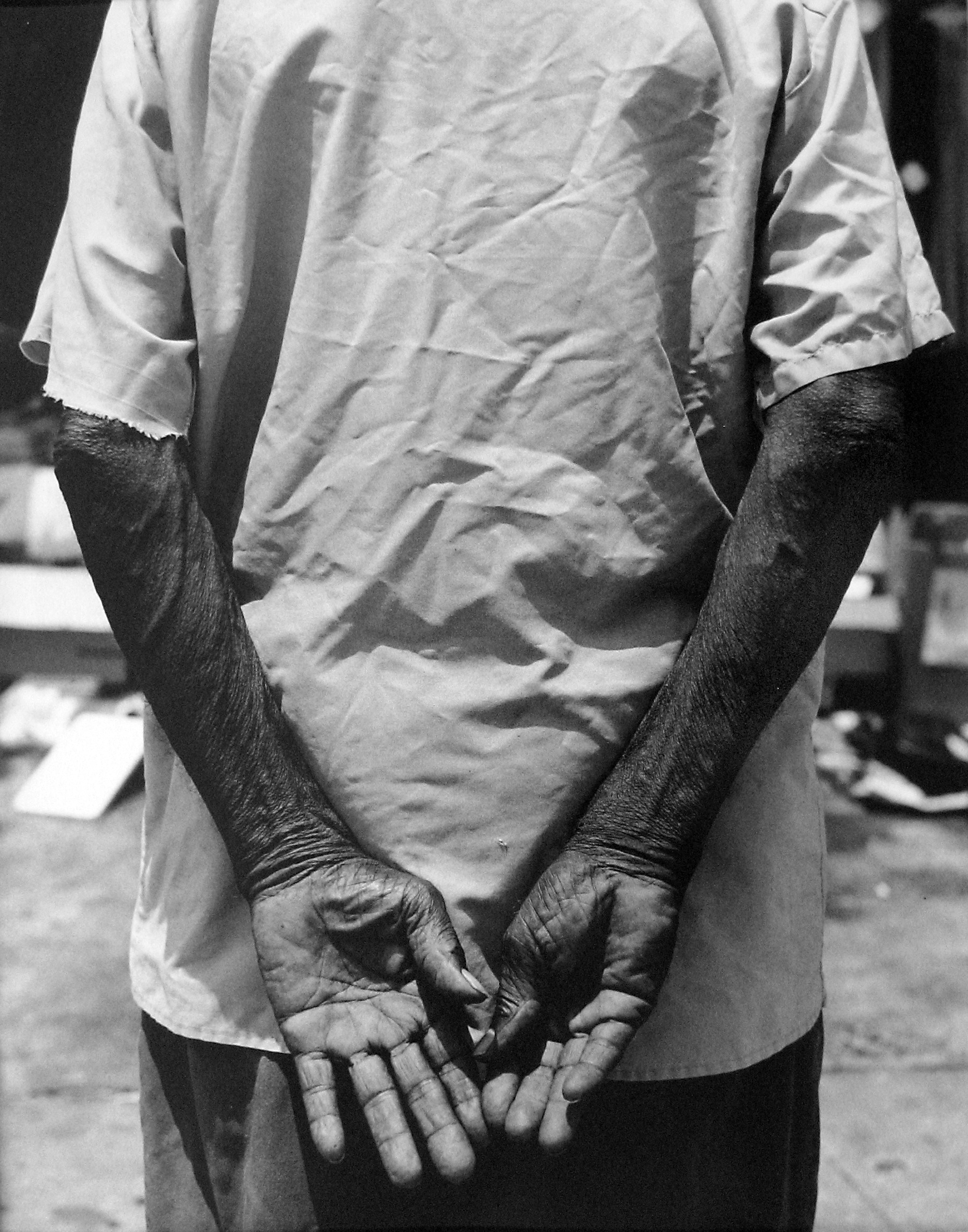
More Must-Reads from TIME
- Cybersecurity Experts Are Sounding the Alarm on DOGE
- Meet the 2025 Women of the Year
- The Harsh Truth About Disability Inclusion
- Why Do More Young Adults Have Cancer?
- Colman Domingo Leads With Radical Love
- How to Get Better at Doing Things Alone
- Michelle Zauner Stares Down the Darkness
Contact us at letters@time.com